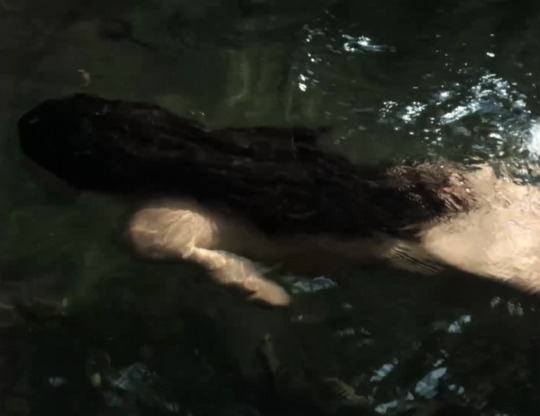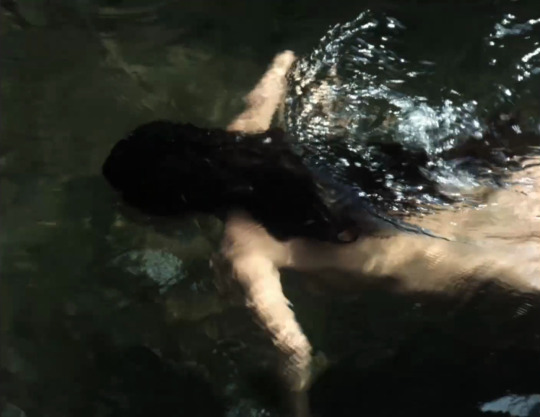Text










Oslo, August 31st (2011) dir. Joachim Trier
6 notes
·
View notes
Text










Evil Does Not Exist (2023) dir. Ryûsuke Hamaguchi
3 notes
·
View notes
Text

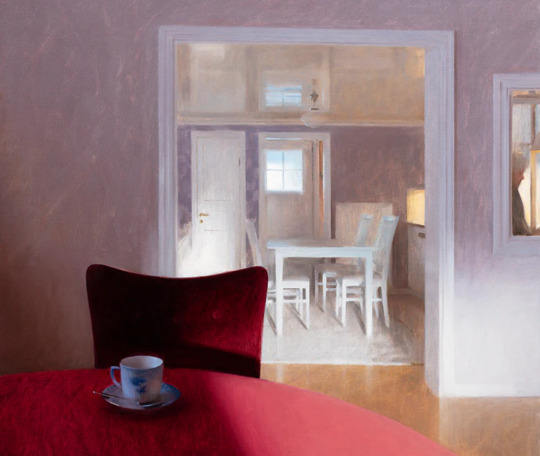



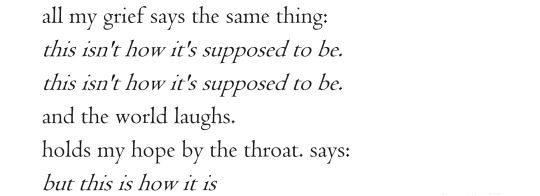
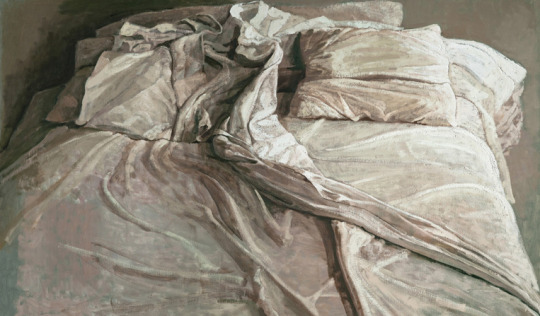


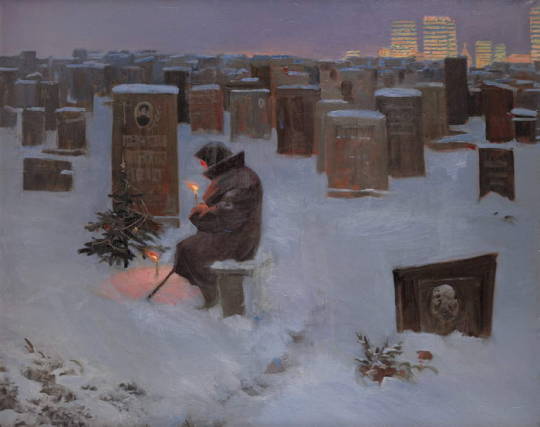
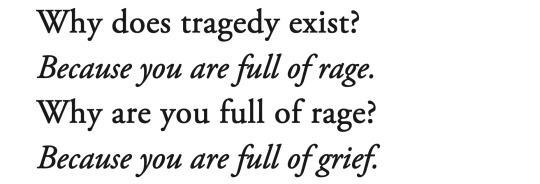

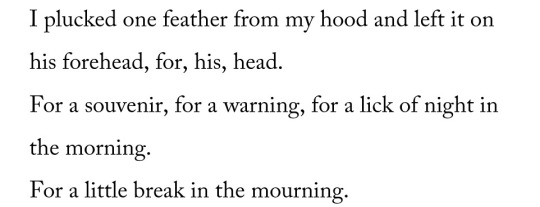
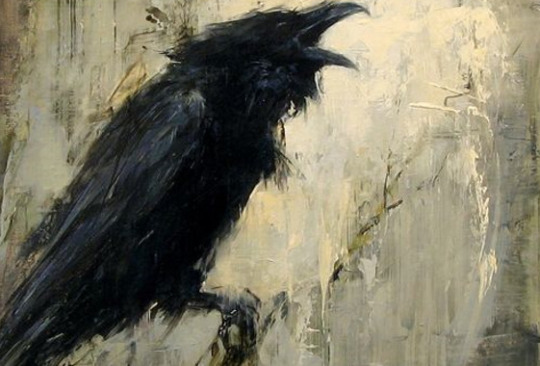

musings on grief
Lisa Marie Basile, Nick Alm, Callista Buchen, Max Porter, Gustav Klimt, Fortesa Latifi, Safet Zec, Anna Akhmatova, Chen Chen, Sergey Andriyaka, Anne Carson, Svetlana Tartakovska, Max Porter, Lindsey Kustusch, Patrick Kavanagh
3K notes
·
View notes
Text





Blue Jean (2023), dir. Georgia Oakley
1 note
·
View note
Text
"The digital medium is defactifying the world. The digital medium knows nothing of age, destiny, or death. Time itself is frozen: it is a timeless medium. In contrast, the analog medium suffers from time. This aspect takes the form of passion. Discussing photography, Barthes writes: Not only does it commonly have the fate of paper (perishable), but even if it is attached to more lasting supports, it is still mortal: like a living organism, it is born on the level of the sprouting silver grains, it flourishes a moment, then ages. … Attacked by light, by humidity, it fades, weakens, vanishes. Barthes links photography to a form of life in which the negativity of time plays the constitutive role. In contrast, the digital image—the digital medium—represents the corollary of a mode of “life” in which growing and aging, birth and death, are all erased. Permanent presence and an enduring now [Gegenwart] are its hallmarks. The digital does not blossom or gleam: the negativity of wilting is inscribed in budding, just as the negativity of shadows lies within glancing light." Byung-Chul Han, In the Swarm: Digital Prospects
157 notes
·
View notes
Text

Caleb Azumah Nelson, Open Water (2021)
1 note
·
View note
Text
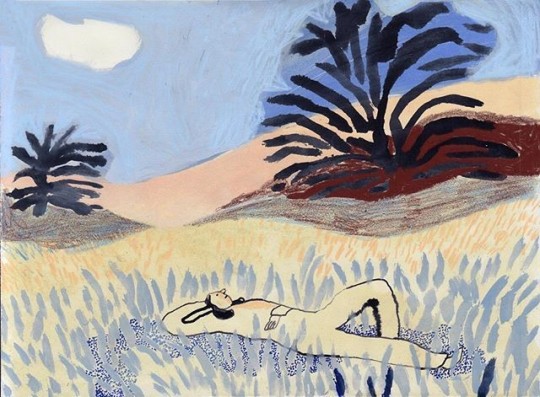


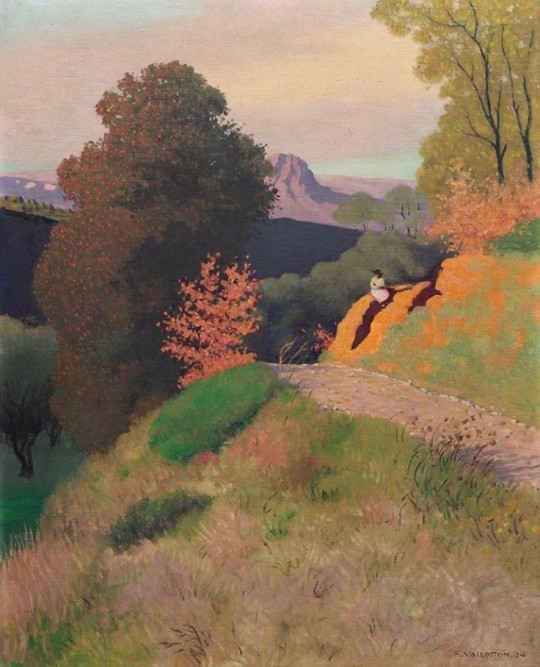

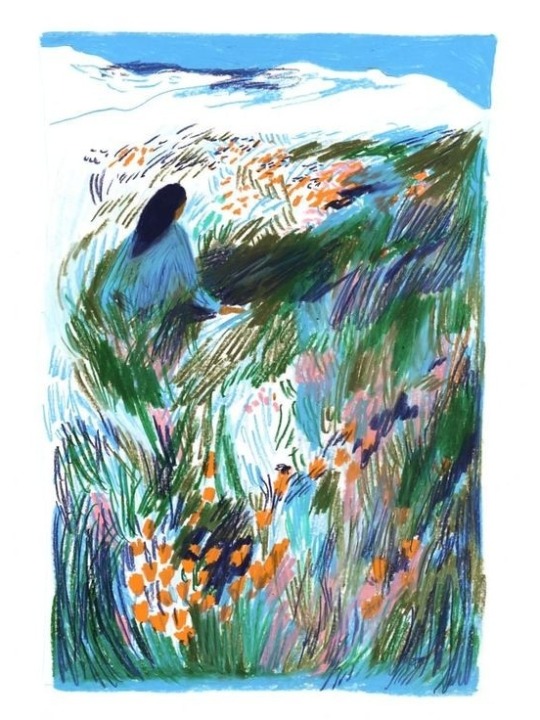

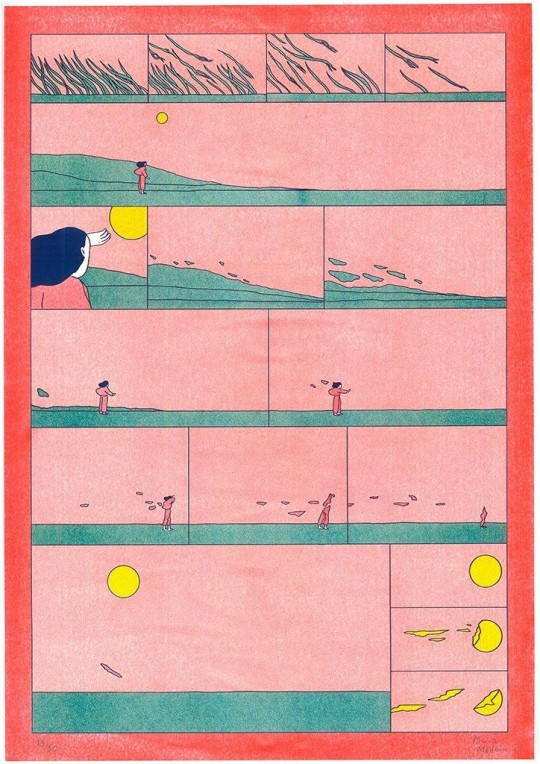
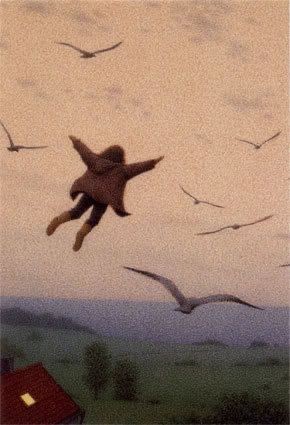
Trying to make sense of the kind of freedom and tenderness that can only come from so much loneliness
charlotte ager / sean thomas dougherty / félix vallotton / clarice lispector / beya rebaï / may sarton / maria medem / quint buchholz
37K notes
·
View notes
Text
When Georges Bataille said, "no greater desire exists than a wounded person's need for another wound,"
And When Oscar Wilde said, "A burnt child loves the fire," and
And When Margaret Atwood said, "you long to be bandaged before you have been cut."
4K notes
·
View notes
Photo

Audre Lorde on Facing Death
[Audre Lorde’s] last poems, posthumously published in the colletion The marvelous Arithmetics of Distance, expose both her strength and her vulnerability in the face of death. Thus, the poem “Today is Not the Day” begins with two stanzas in italics:
I can’t just sit here
staring death in her face
blinking and asking for a new name
by which to greet her
I am not afraid to say
unembellished
I am dying
but I do not want to do it
looking the other way
According to Lorde, dying isn’t simply something that happens to a person: dying is something one does, and, for Lorde, it must be done with all one’s attention, not “looking the other way.” Lorde begins her poem, therefore with the “unembellished” certainty that she is dying, but also with another certainty with which she opens the third stanza: “Today is not the day. / It could be / but it is not.” The poem is testament to this knowledge of life in the midst of dying. It tells not what today is not, but what today is, including labor and loving and the presence of others: her daughter, son, and lover. Lorde’s poem presents the gap between “today” and “not the day,” between being and nonbeing, between her presence amongst the living and her imminent death. Death is close, and yet in an effort to protect her loved ones–but perhaps not to protect her readers after her death?–from the dangers of its proximity, her poem is meant to reassure: “I dare not tremble for them / only pray laughter comes often enough / to soften the edge”
- Lisa Diedrich, Treatments: Language, politics, and the culture of illness. pp 76 & 77
2 notes
·
View notes
Text
"What do revolt and love have in common? A cursory reflection reveals a few interesting commonalities: First, both love and revolt go in search of others with whom to make common cause. Both love and revolt throw people together with feeling and purpose. Second, both love and revolt disrupt the present state of affairs. They discombobulate everyday life, usual composure, and the interpersonal order, yet their upheavals always suggest something hopeful on the horizon. One is provoked by both love and revolt to wonder about hopeful possibilities. Possible does not mean inexorable.... Love and revolt both propose actualizations from possibility, yet they are largely experienced as immanence. Finally, both love and revolt counteract alienation, isolation, and privatization inasmuch as both tend to create new arrangements of sociality. With both love and revolt, we may speak of a new generation of the Gemeinwesen, meaning community, communal being, communal sensibility, or commonwealth, and of the Gemeingeist as a common, collective spirit capable of expressing itself in the world."
- Richard Gilman-Opalsky
15 notes
·
View notes
Text
Rather than saying what love is or how it works, Dunayevskaya says that we have to create the conditions that will enable people to get creative and experiment with new and different forms of human relationality. She notes that we cannot really do that in a capitalist society because capitalism instrumentalizes everything human for its own power. Every human energy and motivation is something for capital to seize.
Dunayevskaya explains her point with reference to the splitting of the atom. The possibility of splitting the atom, hypothesized by Einstein's theory of relativity, preceded actually doing it by roughly forty years because, according to Dunayevskaya, the atom was only split after capitalists saw that they could do it in the interests of their own power. So it became a catastrophic and destructive thing as opposed to something potentially liberating and useful for human life. When it comes to love, theorists like Eva Illouz have shown how the commercial interests of capital have historically and rather thoroughly seized on human aspirations for love and have created endless romantic utopias for the marketplace. This is perhaps an inevitable fate for love in a capitalist society. Indeed, from capital's perspective, what better fate than a commodity for something that everyone wants?
This is why, for Dunayevskaya, love is only able to become what it presently is within the limits of a capitalist society. In a world governed by money and ruled by the logic of capital, love will not and cannot be developed to its full and possible flourishing. We may and do love within the limits of the space and time of a life organized by capital in a world governed by money, but we must understand that those limits affect what we do and how we do it. The world of capital would have to be abolished for us to really see what love can do. Kollontai tried to imagine that world, but none of us has ever lived in it. So when asked about love, Dunayevskaya could only speak of the abolition of capitalism as the first part of an answer, the remainder of which would have to be worked out from there.
Richard Gilman-Opalsky, The Communism of Love: An Inquiry into the Poverty of Exchange Value
158 notes
·
View notes
Text

Birge Harrison - Evening view across Quebec harbor (ca. 1910)
156 notes
·
View notes











